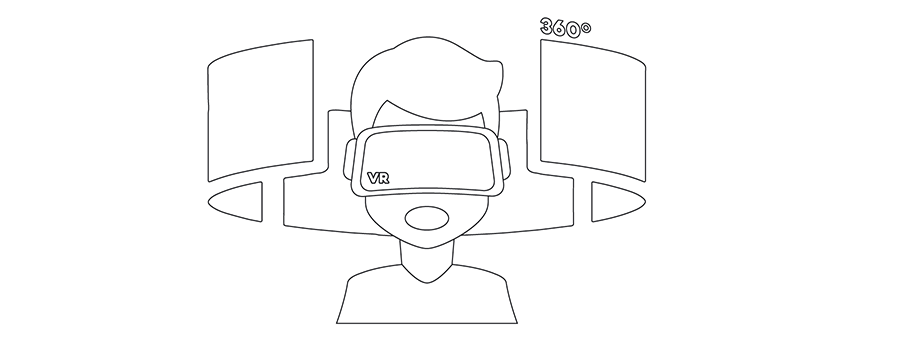When it comes to extended reality (XR), there is a lot of skepticism when it comes to quality. High-quality expectations historically paired with a low-quality experience to create a negative first impression.
However, the XR of today is a far cry from the clunky user experiences of yesterday.

Let’s address the common myths and concerns regarding XR.
“It’s too complicated!”
Most XR systems require time for setup and installation, especially PC-based Oculus Rift and HTC Vive. Headsets, based on inside-out tracking technology from Microsoft requires less setup, but at least 15-30 minutes are still required depending on the system. This could be an issue for home usage, but is not a game-changer for most enterprise applications. AR/MR headsets require very little set-up, working as soon as they are placed on the head, independent of computers.
“It’s too expensive!”
It is true that the initial price of XR hardware was high for both businesses and consumers, but it is becoming much more affordable. In VR specifically, for example, headsets are becoming commonplace. The price of top headsets is going down and are now in the $400-600 USD range, and standalone headsets such as Oculus Go are priced at just $200 USD. For PC-based experiences it is true that a powerful graphic card is needed, however many PCs in the $800 USD range come ready-made with the recommended specs. And with 5G connectivity, there are plans to put most computational power into the cloud, lowering hardware costs.
“It’s clunky!”
The current generation of headsets is not known for comfort. However, next iterations like the HTC Vive Pro, Samsung Odyssey, and Magic Leap One are getting better, with more lightweight designs and comfortable weight distribution. And all major headset manufacturers provide enterprise options, adopted to mass usage during events or internal usag e within the business.
“It gives me motion sickness!”
It’s a widespread concern, but it exists because of incorrect techniques used by inexperienced engineers who rushed to produce the first VR content. Two primary reasons are: a low rendering frame rate and camera movement that isn’t coupled with respective physical head movement. Both these problems can be fixed with the correct development approach. However, with practice, most people adapt to even the worst VR experience, as our minds quickly adjust to a virtual world. (It’s also worth noting that this is never an issue with AR or MR experiences, where users see the physical world as digital overlays.)
“There’s no killer application!”
This is perhaps the biggest misconception of all. It is commonly thought that there is no current application for an XR experience that will compel consumers to purchase headsets in mass quantities. This misconception is caused more by misplaced expectations than the absence of a compelling XR experience. There are a number of extended reality games that are not only financially successful but also maintain high engagement among users, including:
- Arizona Sunshine
- Beat Saber
- Brookhaven Experiment
- Raw Data
- Pokémon Go
- VRChat, AltSpaceVR, and others
And for enterprise, there are numerous real-world applications available already, with more emerging as technology progresses. AR and VR may have been overhyped initially, but signs indicate market stability sooner than later.
Want to learn more truth about extended reality? Check out our latest white paper, “The Next Frontier: Extended Reality in Business.”

